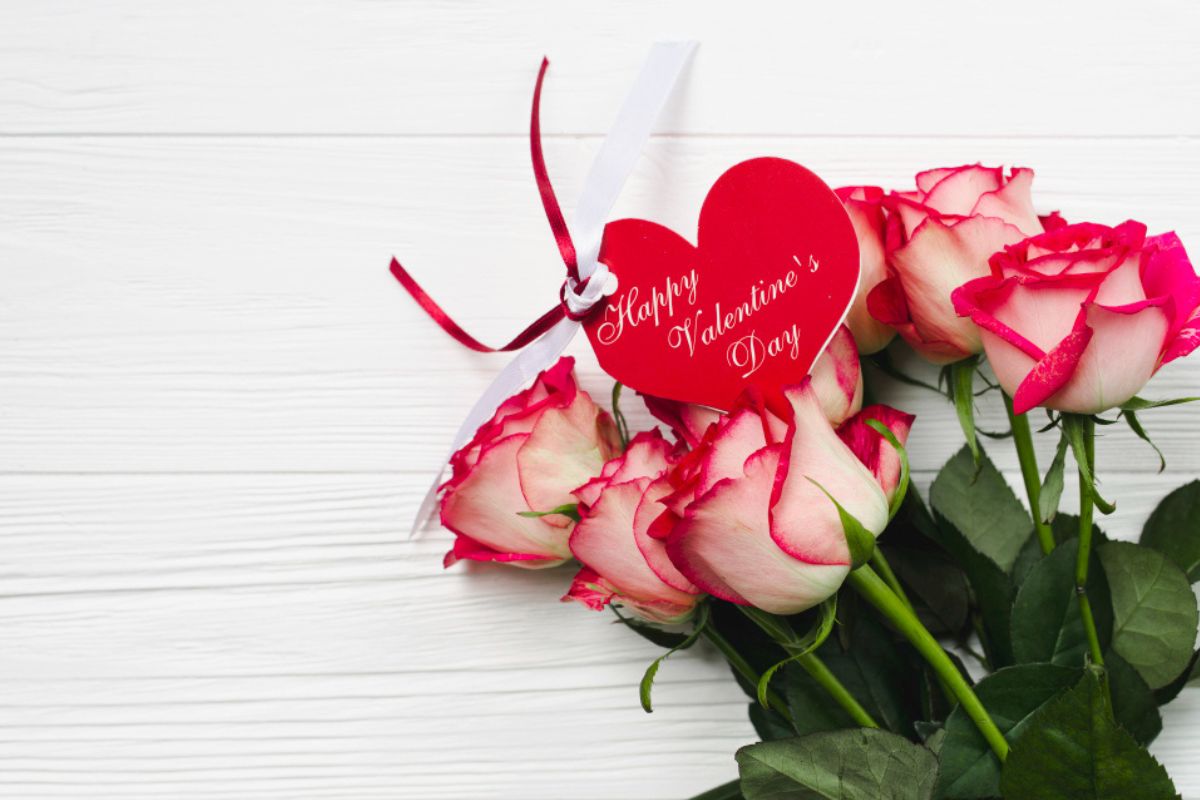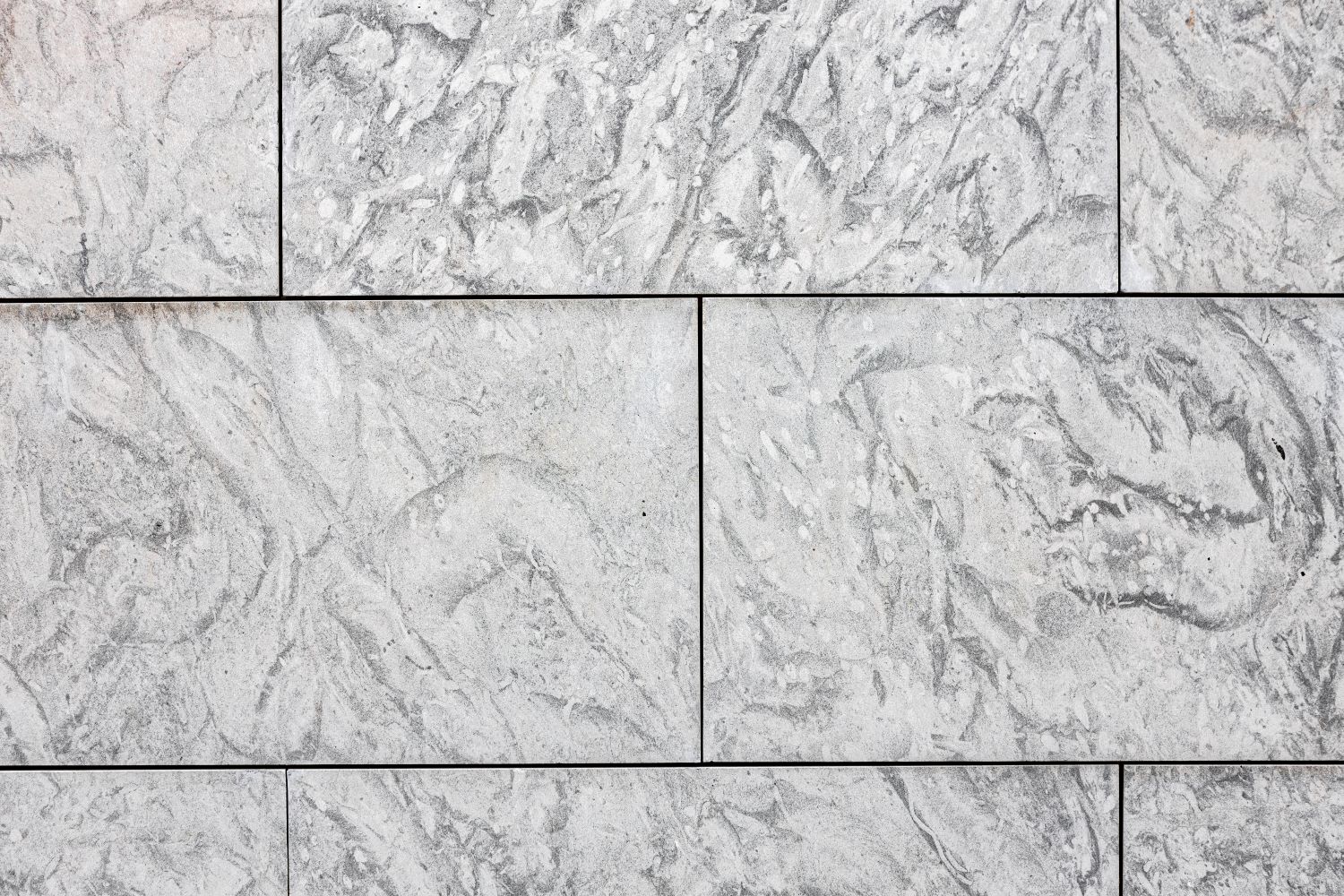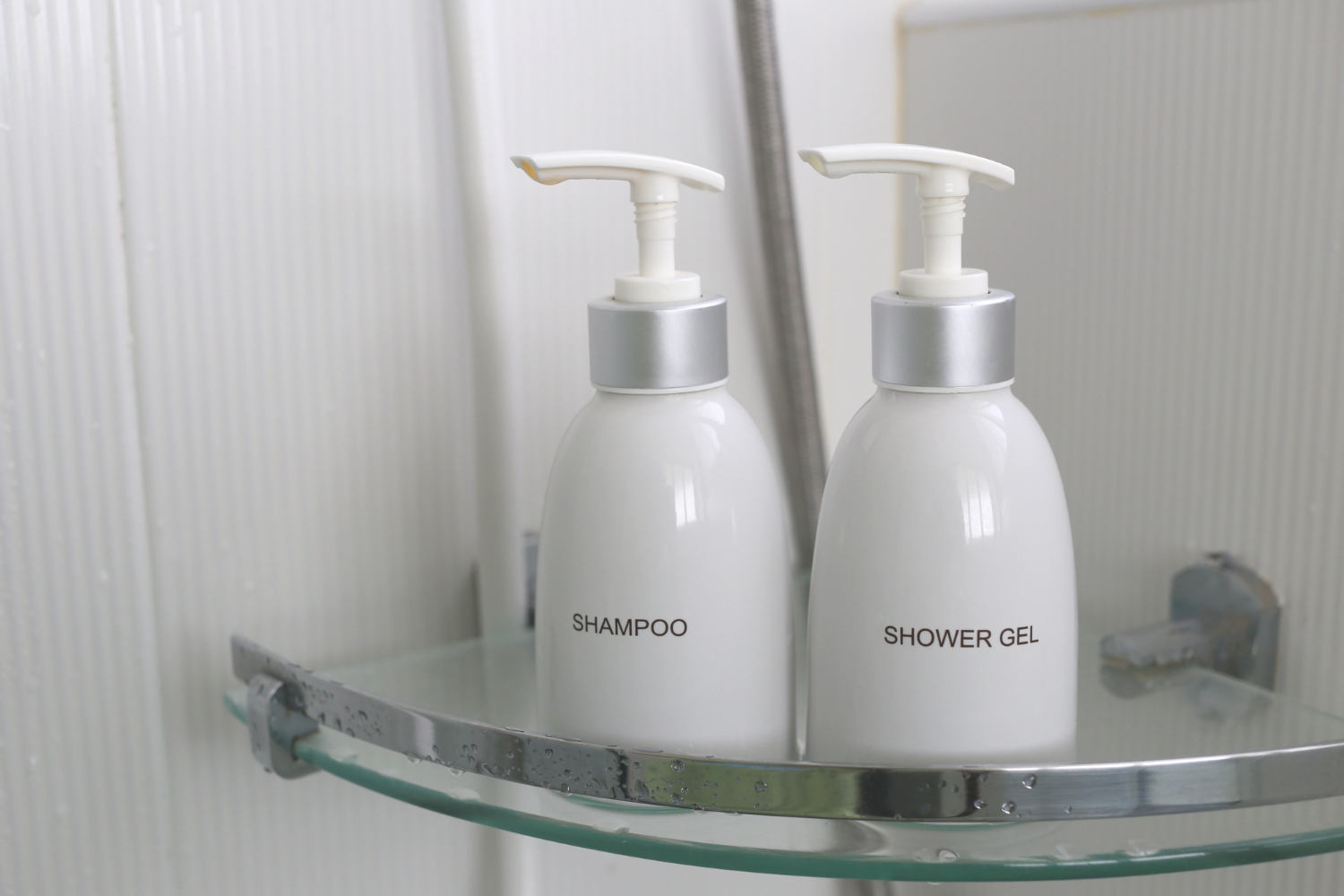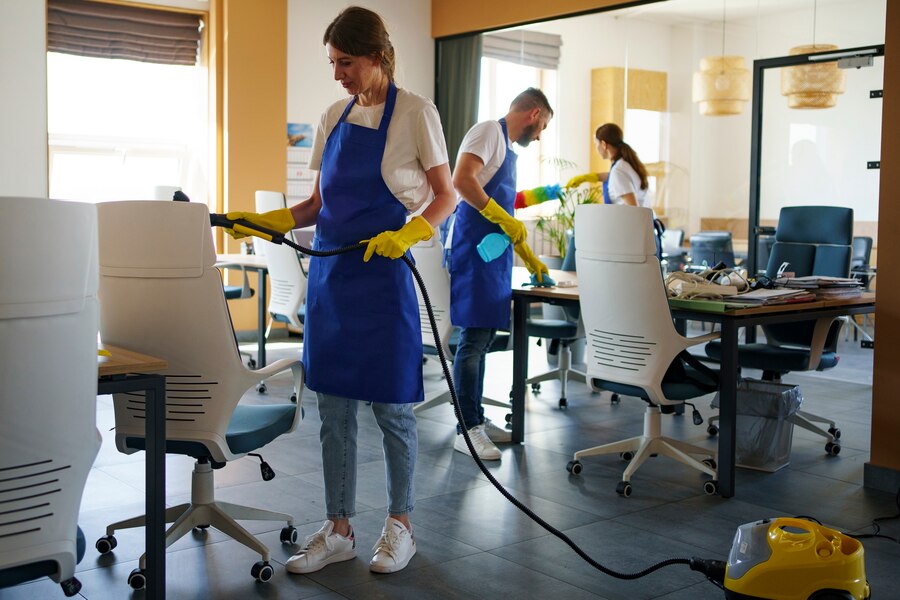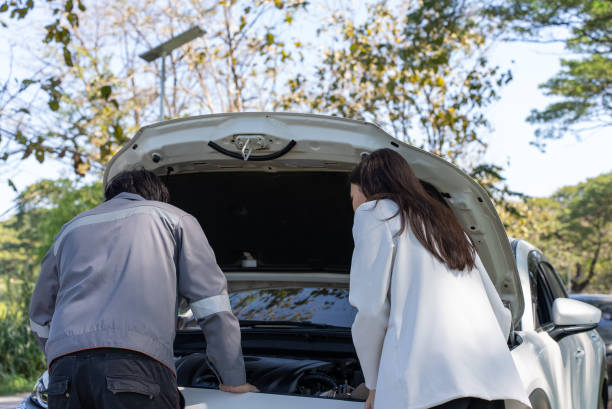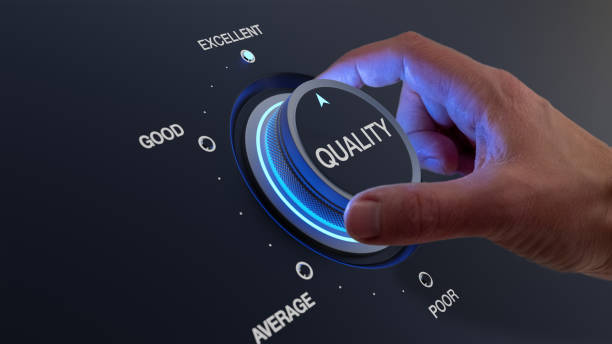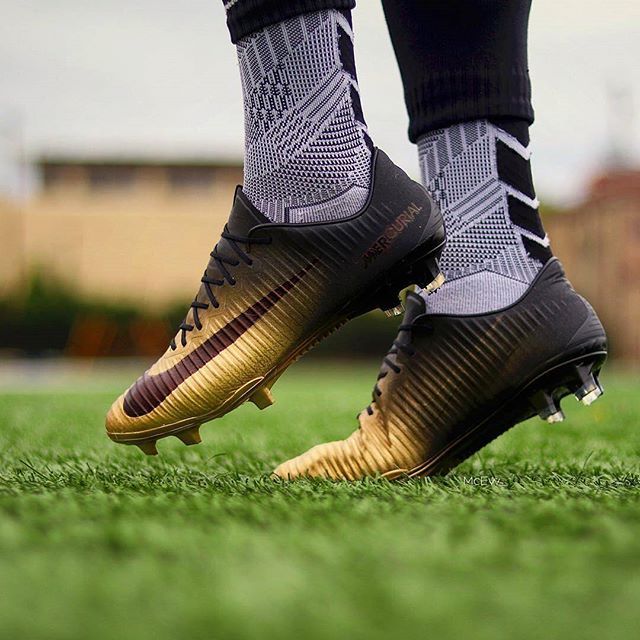การเลือกเครื่องช่วยฟังที่เหมาะสมสำหรับคุณนั้นเป็นเรื่องสำคัญ เนื่องจากมีหลายปัจจัยที่ต้องพิจารณา เช่น รูปแบบการใช้งานที่ต้องการ ระดับของการได้ยินที่ต้องการปรับปรุง ความสะดวกสบาย ราคา และคุณภาพของเครื่องช่วยฟังเอง มีหลายยี่ห้อเครื่องช่วยฟังที่มีคุณภาพและได้รับความนิยมจากผู้ใช้หลายคน
เริ่มต้นเรียนภาษาอังกฤษไม่มีพื้นฐานเลย
การเรียนภาษาอังกฤษ ไม่ว่าจะเป็นแบบออนไลน์หรือแบบตัวต่อตัว จะช่วยพัฒนาและต่อยอดความรู้ทางด้านภาษาให้มากยิ่งขึ้นกว่าเดิม และสิ่งที่จำเป็นที่สุดของผู้เรียนก็คือการสมัครเรียนภาษาอังกฤษ และจะต้องหาข้อมูลว่าเรียนภาษาอังกฤษที่ไหนดีที่สุด เพื่อหาที่เรียนราคาไม่แพง และเป็นคอร์สสำหรับเรียนให้เหมาะสมกับทักษะนั่นเอง โดยการเรียนภาษาอังกฤษจะแบ่งได้เป็นหลายทักษะ ไม่ว่าจะเป็นการฟัง การพูด การอ่านและการเขียน เริ่มต้นเรียนภาษาอังกฤษไม่มีพื้นฐานเลย ต้องทำอย่างไรบ้าง มาดูพร้อมๆ กัน
ความหมายดอกไม้วาเลนไทน์ ที่เหมาะกับการส่งไปจีบคนที่ชอบ
ในปัจจุบันดอกไม้ที่มีทั้งความสวยงาม และมีความหมายที่ดี ในแง่ของความรัก มีอยู่หลากหลายชนิดให้คุณเลือก เพื่อนำไปจัดช่อดอกไม้วาเลนไทน์ เป็นของขวัญสุดพิเศษให้คนที่คุณรัก แต่สำหรับคนที่กำลังแอบรัก แอบชอบ หรือกำลังตามจีบใครสักคนอยู่ หากต้องการมัดใจคนคนนั้น และอยากขอเป็นแฟนให้สำเร็จในวันวาเลนไทน์ปีนี้ให้ได้ เราจึงขอแนะนำให้คุณเลือกดอกไม้ที่มีความหมายลึกซึ้ง และตรงประเด็น เหมาะกับการบอกความรู้สึกทั้งหมดที่คุณมีให้เขาได้ […]
กระเบื้องยางลายหิน นิยมใช้ทำอะไรบ้าง?
กระเบื้องยางลายหิน เป็นวัสดุปูพื้นชนิดหนึ่ง ผลิตจากวัสดุสังเคราะห์ เช่น พีวีซี (PVC) หรือ พียู (PU) นำมาอัดขึ้นรูปให้มีลวดลายเหมือนหินจริง มีคุณสมบัติเด่น ๆ ดังนี้
เลือกขวดแชมพูโรงแรม แบบไหนดี?
ขวดแชมพูโรงแรมเป็นสิ่งจำเป็นสำหรับทุกโรงแรม ทำหน้าที่บรรจุแชมพูสำหรับใช้ในห้องอาบน้ำของห้องพักโรงแรม โดยขวดแชมพูโรงแรมมีหลากหลายรูปแบบและวัสดุให้เลือกสรร ซึ่งแต่ละวัสดุก็มีข้อดีและข้อเสียที่แตกต่างกันไป ซึ่งขวดแชมพูโรงแรมเป็นสิ่งหนึ่งที่แขกผู้เข้าพักจะมองเห็นและสัมผัสได้เมื่อเข้าพักในโรงแรม ดังนั้น การเลือกวัสดุขวดแชมพูโรงแรมจึงมีความสำคัญไม่น้อย โดยการเลือกวัสดุที่เหมาะสมจะช่วยให้โรงแรมสามารถสร้างความประทับใจให้กับแขกผู้เข้าพักได้ดียิ่งขึ้นนอกจากนี้ วัสดุขวดแชมพูโรงแรมยังส่งผลต่ออายุการใช้งาน ความปลอดภัย และสิ่งแวดล้อมอีกด้วย และวัสดุของขวดแชมพูโรงแรมที่นิยมใช้ในปัจจุบันมีดังนี้ พลาสติก : พลาสติกเป็นวัสดุที่ได้รับความนิยมมากที่สุดสำหรับทำขวดแชมพูโรงแรม […]
การบริการ big clean : การทำความสะอาดที่ทั่วถึงและมีประสิทธิภาพ
การทำความสะอาดครั้งใหญ่ที่ครอบคลุมทุกพื้นที่และทุกพื้นผิวของบ้านหรือสถานที่ โดยมุ่งเน้นไปที่การทำความสะอาดอย่างละเอียดและทั่วถึง เพื่อให้บ้านหรือสถานที่สะอาดหมดจดและปราศจากสิ่งสกปรก
ประกัน 2+ รูปแบบความคุ้มครองที่ดีที่สุด
ถึงแม้ว่าการเลือกซื้อประกันรถยนต์ในปัจจุบันนี้จะเป็นเรื่องง่ายใครๆก็สามารถเลือกซื้อรูปแบบความคุ้มครองที่ตัวเองสนใจได้จากช่องทางการเลือกซื้อประกันรถยนต์ต่างๆแต่แน่นอนว่าเพื่อเป็นการประหยัดและเลือกซื้อรูปแบบความคุ้มครองที่ตอบโจทย์มากที่สุดวันนี้คุณสามารถเข้ามาทำประกัน 2+ ซึ่งเป็นอีกหนึ่งรูปแบบประกันที่น่าสนใจมากทีเดียวเนื่องจากเป็นรูปแบบความคุ้มครองที่ค่อนข้างครอบคลุมใกล้เคียงกับประกันชั้น 1 แต่ประกัน 2+ กับมีราคาที่ถูกกว่าทำให้ใครก็ตามที่มีรายได้น้อยไม่เพียงพอจะเลือกซื้อประกันรถยนต์ชั้น 1 สามารถเข้ามาทำความรู้จักและเลือกซื้อประกัน 2+ให้ความคุ้มครองกับรถของตัวคุณเองได้ เอาเป็นว่าหากใครสนใจต้องการเลือกทำประกัน 2+ สามารถเข้ามาดูรายละเอียดรูปแบบความคุ้มครองเพิ่มเติมได้ที่หน้าเว็บรู้ใจเราเป็นเว็บขายประกันรถยนต์ออนไลน์ที่เชื่อถือได้และมั่นใจได้เลยว่าคุณจะได้รับรูปแบบความคุ้มครองที่ดีที่สุดไปใช้งาน ความคุ้มครองที่ต้องเลือกซื้อ ประกัน […]
รูปแบบความคุ้มครองที่จะได้รับจาก ประกันภัย สำหรับผู้ขับขี่
สำหรับการเลือกซื้อประกันภัยในปัจจุบันนี้ขึ้นอยู่กับผู้เอาประกันเองว่าจะเลือกซื้อรูปแบบประกันภัยประเภทใดที่จะตอบโจทย์การใช้งานของตัวผู้เอาประกันเอง โดยในวันนี้จะเข้ามาทำความรู้จักกับรูปแบบประกันภัยแต่ละประเภทกันก่อนเพื่อที่จะช่วยทำให้ผู้เอาประกันสามารถตัดสินใจได้ง่ายขึ้นว่ารูปแบบประกันภัยประเภทใดที่จะตอบโจทย์การใช้งานของผู้เอาประกันมากที่สุดและสมควรเลือกซื้อมากที่สุด ทั้งนี้ภายในเว็บรู้ใจของเรายังมีสิทธิพิเศษมากมายที่ช่วยทำให้คุณประหยัดเงินในการเลือกซื้อความคุ้มครองไม่ว่าจะเป็นบริการเปรียบเทียบราคาเบี้ยประกันหรือบริการผ่อนเบี้ยประกัน 0% 10 เดือน หากคุณสนใจรูปแบบการเลือกซื้อประกันรถยนต์ประเภทใดสามารถเข้ามาสอบถามและขอคำแนะนำจากทางทีมงานเว็บโดยใช้ได้ตลอดเวลาทำการ ประกันภัย แต่ละประเภทน่าสนใจอย่างไร ขอรูปแบบความคุ้มครองประกันภัยรถยนต์ในปัจจุบันนี้มีความหลากหลายมากขึ้นการตัดสินใจเลือกซื้อประกันภัยจึงอาจจะทำให้ผู้เอาประกันมีความสับสนหรือไม่แน่ใจว่าจะเลือกซื้อประกันภัยแบบไหนที่จะช่วยตอบโจทย์การใช้งานของตัวผู้เอาประกันมากที่สุดดังนั้นในวันนี้ลองเข้ามาทำความรู้จักกับแต่ละรูปแบบประกันภัยกันดูก่อนเพื่อที่จะช่วยทำให้คุณตัดสินใจเลือกซื้อรูปแบบความคุ้มครองได้ง่ายมากขึ้น นี่เป็นรูปแบบ ของรูปแบบประกันภัยรถยนต์ที่คุณสามารถเข้ามาเลือกซื้อเครื่อง ของรูปแบบประกันภัยรถยนต์ที่คุณสามารถเข้ามาเลือกซื้อเพื่อเพิ่มเกราะป้องกันในการขับขี่บนท้องถนนให้กับตัวเองได้บางคนต้อง ของรูปแบบประกันภัยรถยนต์ที่คุณสามารถเข้ามาเลือกซื้อเพื่อเพิ่มเกราะป้องกันในการขับขี่บนท้องถนนให้กับตัวเองได้ หากคุณต้องการคำแนะนำหรืออยากทราบเพื่อที่จะช่วยทำให้ผู้เอาประกันหรือรูปแบบความคุ้มครองได้ตอบโจทย์การใช้งานมากที่สุดและราคาเบี้ยประกันถูกที่สุดจากบริการเปรียบเทียบราคาเบี้ยประกัน
รวมวิธีการเลือกของพรีเมี่ยมให้ถูกใจลูกค้า
หากว่าเอ่ยถึงของพรีเมียม หลายๆ คนคงคิดเหมือนกันใช่หรือไม่ว่าการเลือกเป็นเรื่องยาก โดยเฉพาะอย่างยิ่งการเลือกให้ถูกอกถูกใจลูกค้า อย่างไรก็ดีหากว่าคุณคืออีกคนหนึ่งที่ต้องการเลือกของพรีเมี่ยมให้ถูกใจลูกค้า มีวิธีการใดบ้างในการคัดสรรค์อย่างง่ายดายที่สุด มาดูพร้อมๆ กันเลย
รองเท้าสตั๊ดยี่ห้อไหนดี 2023
ฟุตบอลเป็นกีฬาที่ได้รับความนิยมในทุกเพศทุกวัย เพราะนิยมเล่นกันทั่วโลก ทั้งการเล่นเป็นอาชีพและเล่นในเวลาว่าง เป็นกิจกรรมยามว่างที่หนุ่ม ๆ หลายคนชื่นชอบเพราะได้ออกกำลังกายและได้เพิ่มสัมพันธภาพที่ดีกับเพื่อน ๆ ซึ่งรองเท้าสตั๊ดเป็นอุปกรณ์ที่สำคัญสำหรับการเล่นฟุตบอล เพื่อจะช่วยยึดเกาะสนาม ให้คล่องแคล่วเวลาลงสนาม วันนี้เราจะชวนไปเลือกซื้อรองเท้าสตั๊ดยี่ห้อไหนน่าซื้อในปี 2023 Adidas Predator 20.3 […]



